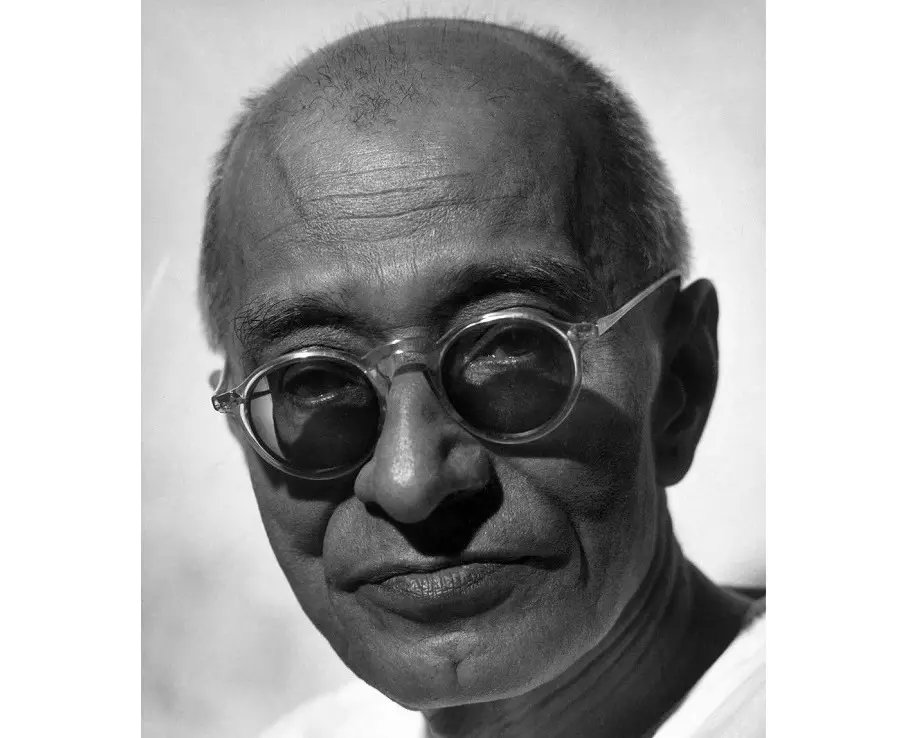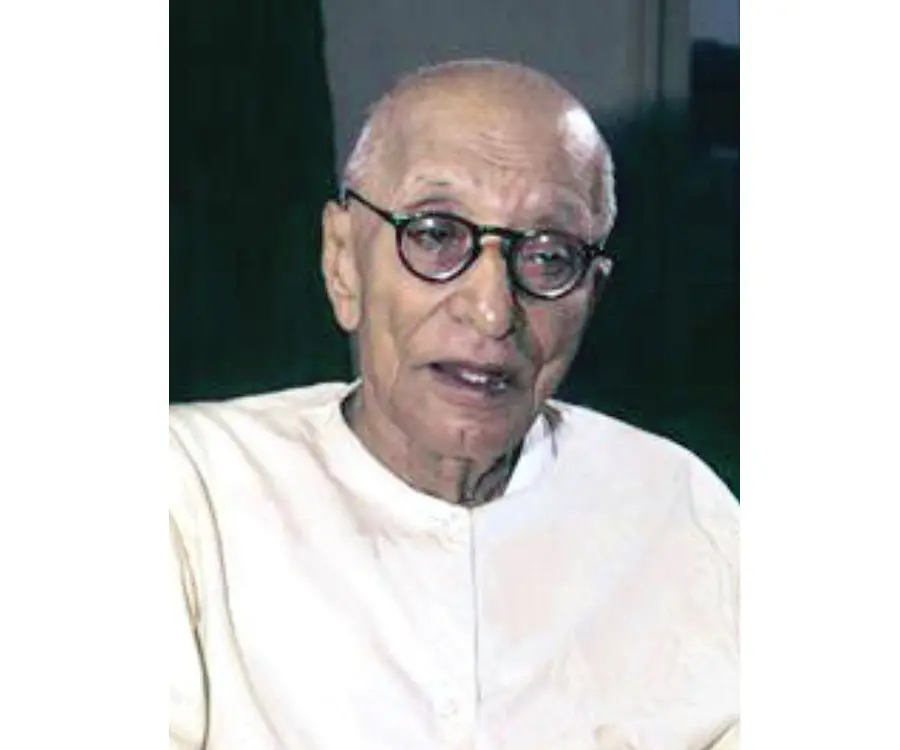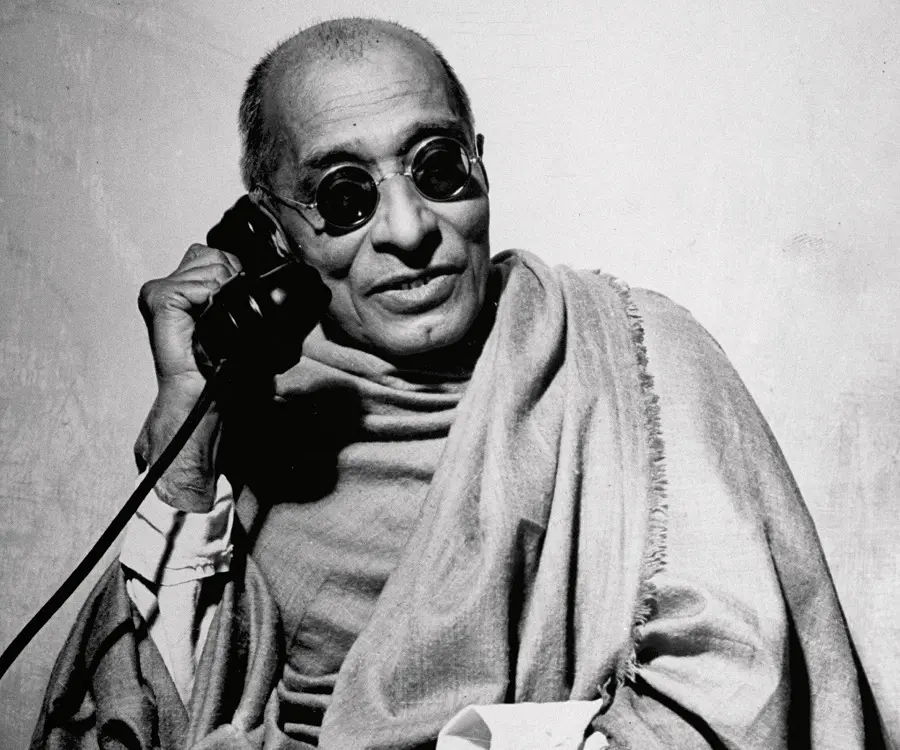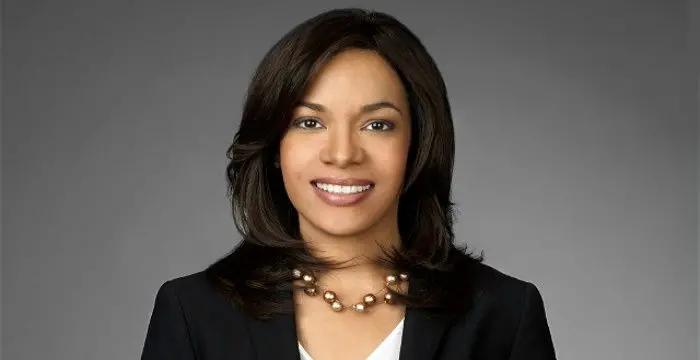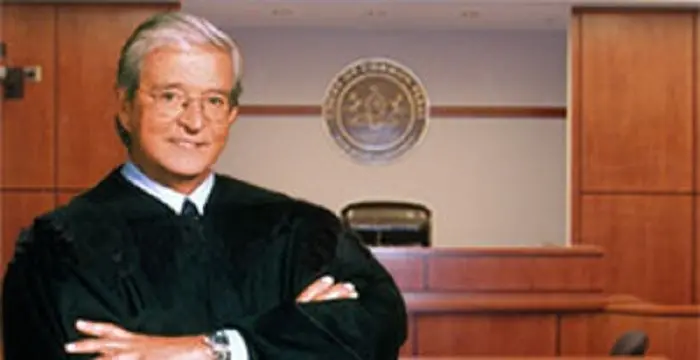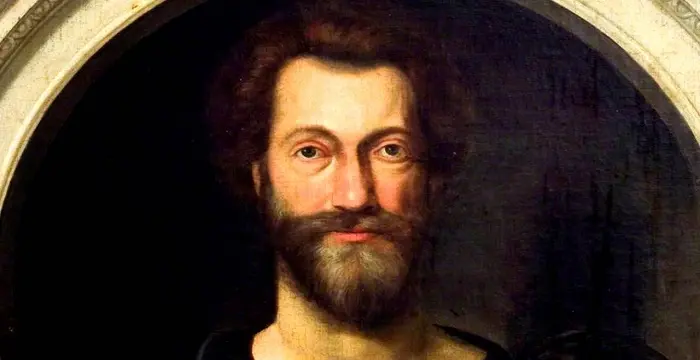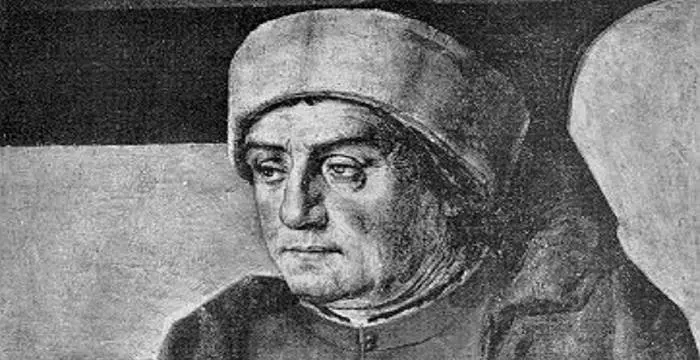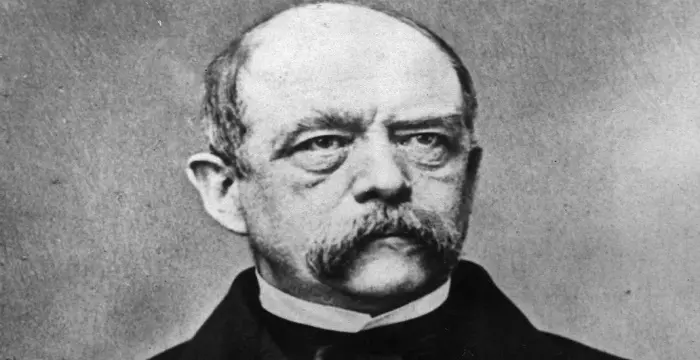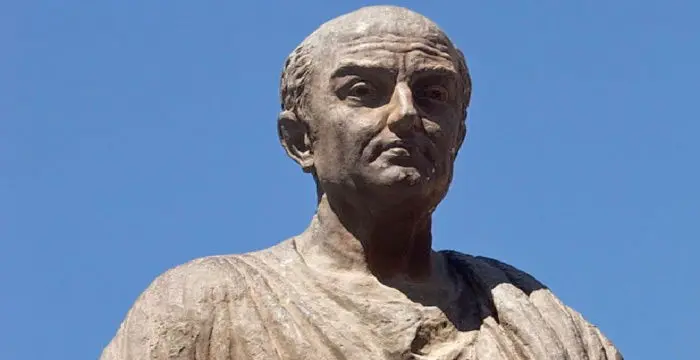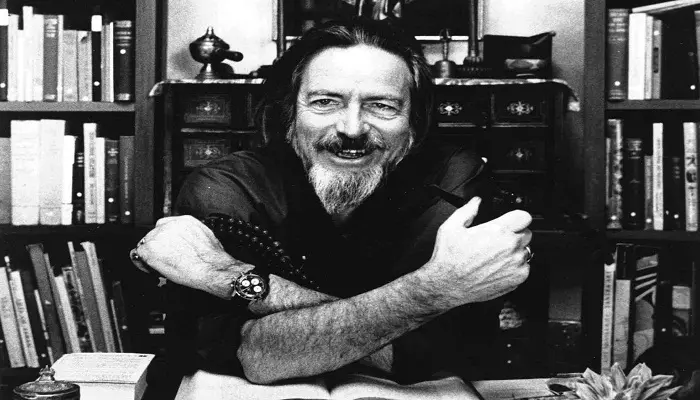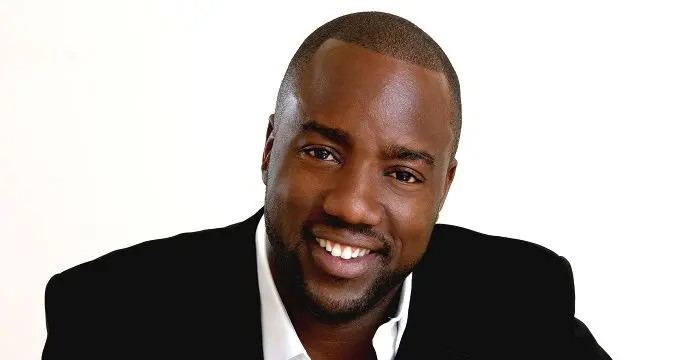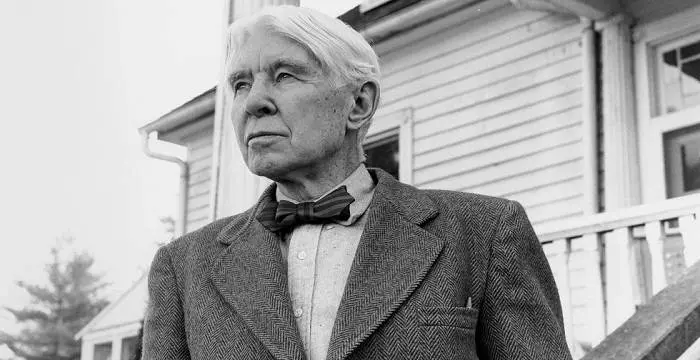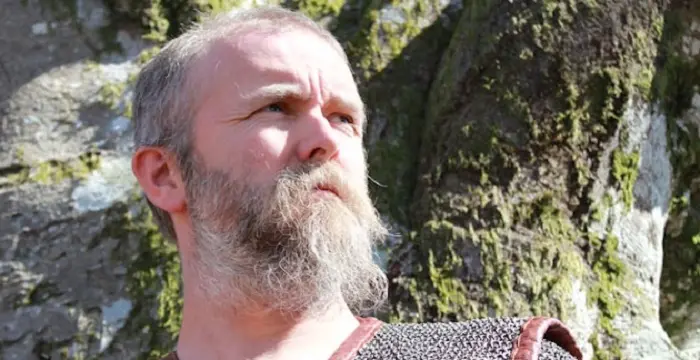
C. Rajagopalachari - Writers, Birthday and Facts
C. Rajagopalachari's Personal Details
Chakravarthi Rajagopalachari was an Indian lawyer, independence activist, politician and writer
| Information | Detail |
|---|---|
| Birthday | December 10, 1878 |
| Died on | December 25, 1972 |
| Nationality | Indian |
| Famous | Leaders, Political Leaders, Independence Activist, Lawyers, Politician, Statesman, Writers |
| Nick names | Rajaji |
| Spouses | Alamelu Mangamma |
| Known as | Chakravarthi Rajagopalachari |
| Birth Place | Madras Presidency (British India) |
| Religion | Hindu |
| Gender | Male |
| Father | Chakravarti Venkataryan |
| Sun Sign | Sagittarius |
| Born in | Madras Presidency (British India) |
| Famous as | Politician, Independence Activist, Lawyer, Writer & Statesman |
| Died at Age | 94 |
// Famous Independence Activist
Aruna Asaf Ali
Aruna Asaf Ali was an Indian freedom fighter who is best known for hoisting Indian National Congress flag at the Gowalia Tank maidan in Bombay during the Quit India Movement. Know about her childhood, life, works and timeline in this biography.
C. Rajagopalachari's photo
Who is C. Rajagopalachari?
C. Rajagopalachari was an Indian lawyer, independence activist, politician and writer. He was the first and last Indian Governor General of India after Lord Mountbatten left India in 1948. Although Sardar Patel was the initial choice but on the insistence of the then Prime Minister, Jawaharlal Nehru, he was made the Governor General. He was the one of the leaders of the Indian National Congress during the pre-independence era. He held many other positions like: Premier of the Madras Presidency, Governor of West Bengal, Minister of the Home Affairs of the Indian Union and Chief Minister of the Madras State. Out of all the things that Rajagopalachari did to serve the country, pre and post independence, he is most remembered for the work that he did in Madras while he was the Chief Minister of the state from 1952–54. He passed the legislation to create Andhra state, put an end to sugar rationing, and introduced the ‘Modified System of Elementary Education’. He was one of the first recipients of India's highest civilian award, the Bharat Ratna.
// Famous Lawyers
Sunny Hostin
Sunny Hostin is an American lawyer, social commentator, columnist and journalist. Check out this biography to know about her childhood, family life, achievements and fun facts about her.
Jerry Sheindlin
Jerry Sheindlin is an American judge, author, and television personality. Check out this biography to know about his childhood, family life, achievements and fun facts about him.
John Donne
John Donne was a famous English poet, satirist, lawyer and priest of his time. Check out this biography to know about his childhood, family life, achievements and other facts related to his life.
Childhood & Early Life
Chakravarthi Rajagopalachari was born in 1878 in Thorapalli, Madras Presidency of British India (Now Tamil Nadu) into a Iyengar family to Chakravati Venkataryan. He was a very fragile child, used to fall sick very often which used to make his parents very worried.
He started his schooling from a village school and at the age of 5, he was enrolled into the Hosur R. V. Government Boys Hr Sec School. He graduated from the Central College, Bangalore in 1894. After that he went on to study law from the Presidency College, Madras, from where he graduated in 1897.
Later Life
Inspired by Bal Gangadhar Tilak, leader of the Indian freddom movement, Rajagopalachari also plunged into politics in 1911 by becoming a member of the Salem, Tamil Nadu, municipality. He also served as the Chairman of the municipality from 1917 to 1919.
In 1919, when Mahatma Gandhi joined the Indian independence movement, Rajagopalachari became one of his true followers. He also took active part in the Non Cooperation movement. Consequently, he was elected to the Congress Working Committee and served as the General Secretary of the party.
In 1922, he emerged as the leader of the "No-Changers" group in Congress which advocated against contesting elections for the Imperial Legislative Council as established by the Government of India Act 1919.
He actively participated in the Vaikom Satyagraha movement against untouchability during 1924–25.
During the early 1930s, he emerged as one of the most prominent leaders of the Tamil Nadu Congress. While Gandhi was on the Dandi march, he was breaking the salt laws at Vedaranyam, which is why he was later put behind the bar by the British.
He was elected the President of the Tamil Nadu Congress Committee and following the Madras elections of 1937, held as a result of enactment of the Government of India Act in 1935, he became the first Premier of the Madras Presidency
During his two year reign (1937-1939) as premier of the Madras Presidency he took several path breaking initiatives. These include: removing restriction on dalits for entering Hindu temples, easing debt burden of farmers, compulsory introduction of Hindi in educational institutions, and introducing prohibition.
In 1940, Rajagopalachari was arrested in accordance with the Defense of India rules and was sentenced to one year of jail because he resigned as Premier to protest against the declaration of war by the Viceroy of India, at the time when World War II broke out.
He eventually resigned from the party because of the growing differences over resolutions passed by the Madras Congress legislative party and divergences with the leader of the Madras provincial Congress, K. Kamaraj.
Rajagopalachari served as the Minister for Industry, Supply, Education and Finance in the Interim Government headed by Jawaharlal Nehru from 1946-47. After India gained independence, he was appointed as the first Governor of West Bengal.
He served as a Governor General of India from 1948 to 1950, after Lord Mountbatten left India for good. The initial choice was Vallabhbhai Patel but Jawaharlal Nehru insisted on him taking the role. He was not only the last Governor-General of India, but the only Indian national ever to hold the office.
He served as the Home Minister after Sardar Patel’s death in 1950 for tenure of 10 months. He resigned from the position after he started having ideological differences with Jawaharlal Nehru. He ultimately returned to Madras.
He was appointed as the Chief Minister of Madras by Madras governor Sri Prakasa in 1952. Although during his time a lot happened—Andhra was created as a separate state, sugar rationing was ended, education system of Madras was modified—he quit within two years on the grounds of bad health.
Rajagopalachari now devoted his time to his literary pursuits and wrote a Tamil version of the Sanskrit epic called Ramayan, which was published in the Tamil magazine, Kalki, as a series.
In 1957, he resigned from the Congress party and along with a number of other Congress dissidents organized the Congress Reform Committee.
In 1959, he formed the Swatantra Party. The party stood for equality and opposed government control over the private sector.
In 1967 Madras Legislative assembly elections, Rajagopalachari was able to forge a united opposition to the Indian National Congress,by stitching an alliance between the DMK, the Swatantra Party and the Forward Bloc. As a result, the Congress Party was defeated in the election and the DMK led alliance came to the power.
In the 1967 general elections too, the Swatantra Party emerged as the single largest opposition party by winning 45 Lok Sabha seats.
In the next general elections, held in 1971, the Swatantra Party lost its strength considerably and was reduced to an insignificant player.
Major Works
Out of all the things that Rajagopalachari did to serve his country pre and post independence, he is most remembered for the work that he did in Madras while he was the Chief Minister of the state from 1952-54. He passed the legislation to create Andhra state, put an end to sugar rationing, and introduced the ‘Modified System of Elementary Education’.
Awards & Achievements
For his outstanding contribution to Indian politics and literature, he was awarded with Bharat Ratna in 1954
Personal Life & Legacy
Rajagopalachari got married to Alamelu Mangamma in 1897 and the couple had five children together—three sons and two daughters. His wife died at quite a young age.
He was admitted to hospital on the grounds of bad health right after he celebrated his 94th birthday in 1972. He was suffering from Uraemia, dehydration and urinary infection. He died in a few days after being admitted into the hospital.
Trivia
His daughter Lakshmi was married to Devdas Gandhi, son of Mahatma Gandhi. His grandsons include biographer Rajmohan Gandhi, philosopher Ramchandra Gandhi and former governor of West Bengal Gopalkrishna Gandhi.
// Famous Statesman
Anicius Manlius Severinus Boethius
Boethius was an early 6th century Roman senator and philosopher best known for his treatise ‘Consolation of Philosophy’. This biography of Boethius provides detailed information about his childhood, life, achievements, works & timeline.
Otto von Bismarck
Otto von Bismarck served as the Chancellor of Germany and the Prime Minister of Prussia. He unified the German states into a powerful German empire. This biography profiles his childhood, political career, life, achievements and timeline.
Lucius Annaeus Seneca
Lucius Annaeus Seneca, commonly known as Seneca, was a Roman philosopher and statesman. This biography profiles his childhood, life, career, works, achievements & timeline.
C. Rajagopalachari's awards
| Year | Name | Award |
|---|---|---|
Other | ||
| 0 | Bharat Ratna (1954) | |
C. Rajagopalachari biography timelines
- // 10th Dec 1878Chakravarthi Rajagopalachari was born in 1878 in Thorapalli, Madras Presidency of British India (Now Tamil Nadu) into a Iyengar family to Chakravati Venkataryan. He was a very fragile child, used to fall sick very often which used to make his parents very worried.
- // 1897He started his schooling from a village school and at the age of 5, he was enrolled into the Hosur R. V. Government Boys Hr Sec School. He graduated from the Central College, Bangalore in 1894. After that he went on to study law from the Presidency College, Madras, from where he graduated in 1897.
- // 1897Rajagopalachari got married to Alamelu Mangamma in 1897 and the couple had five children together—three sons and two daughters. His wife died at quite a young age.
- // 1911 To 1919Inspired by Bal Gangadhar Tilak, leader of the Indian freddom movement, Rajagopalachari also plunged into politics in 1911 by becoming a member of the Salem, Tamil Nadu, municipality. He also served as the Chairman of the municipality from 1917 to 1919.
- // 1919In 1919, when Mahatma Gandhi joined the Indian independence movement, Rajagopalachari became one of his true followers. He also took active part in the Non Cooperation movement. Consequently, he was elected to the Congress Working Committee and served as the General Secretary of the party.
- // 1922In 1922, he emerged as the leader of the "No-Changers" group in Congress which advocated against contesting elections for the Imperial Legislative Council as established by the Government of India Act 1919.
- // 1924 To 1925He actively participated in the Vaikom Satyagraha movement against untouchability during 1924–25.
- // 1937He was elected the President of the Tamil Nadu Congress Committee and following the Madras elections of 1937, held as a result of enactment of the Government of India Act in 1935, he became the first Premier of the Madras Presidency
- // 1937 To 1939During his two year reign (1937-1939) as premier of the Madras Presidency he took several path breaking initiatives. These include: removing restriction on dalits for entering Hindu temples, easing debt burden of farmers, compulsory introduction of Hindi in educational institutions, and introducing prohibition.
- // 1940In 1940, Rajagopalachari was arrested in accordance with the Defense of India rules and was sentenced to one year of jail because he resigned as Premier to protest against the declaration of war by the Viceroy of India, at the time when World War II broke out.
- // 1946 To 1947Rajagopalachari served as the Minister for Industry, Supply, Education and Finance in the Interim Government headed by Jawaharlal Nehru from 1946-47. After India gained independence, he was appointed as the first Governor of West Bengal.
- // 1948 To 1950He served as a Governor General of India from 1948 to 1950, after Lord Mountbatten left India for good. The initial choice was Vallabhbhai Patel but Jawaharlal Nehru insisted on him taking the role. He was not only the last Governor-General of India, but the only Indian national ever to hold the office.
- // 1950He served as the Home Minister after Sardar Patel’s death in 1950 for tenure of 10 months. He resigned from the position after he started having ideological differences with Jawaharlal Nehru. He ultimately returned to Madras.
- // 1952 To 1954He was appointed as the Chief Minister of Madras by Madras governor Sri Prakasa in 1952. Although during his time a lot happened—Andhra was created as a separate state, sugar rationing was ended, education system of Madras was modified—he quit within two years on the grounds of bad health.
- // 1954For his outstanding contribution to Indian politics and literature, he was awarded with Bharat Ratna in 1954
- // 1957In 1957, he resigned from the Congress party and along with a number of other Congress dissidents organized the Congress Reform Committee.
- // 1959In 1959, he formed the Swatantra Party. The party stood for equality and opposed government control over the private sector.
- // 1967In 1967 Madras Legislative assembly elections, Rajagopalachari was able to forge a united opposition to the Indian National Congress,by stitching an alliance between the DMK, the Swatantra Party and the Forward Bloc. As a result, the Congress Party was defeated in the election and the DMK led alliance came to the power.
- // 1967In the 1967 general elections too, the Swatantra Party emerged as the single largest opposition party by winning 45 Lok Sabha seats.
- // 1971In the next general elections, held in 1971, the Swatantra Party lost its strength considerably and was reduced to an insignificant player.
- // 25th Dec 1972He was admitted to hospital on the grounds of bad health right after he celebrated his 94th birthday in 1972. He was suffering from Uraemia, dehydration and urinary infection. He died in a few days after being admitted into the hospital.
// Famous Writers
Alan Watts
Alan Watts was a famous British philosopher known for his Zen teachings and interpretations of Eastern philosophy. Read more about this great philosopher in the following article.
Malik Yoba
Malik Yoba is an American actor, writer, and singer who made his film debut in 1993 with ‘Cool Runnings.’ Check out this biography to know about his childhood, family life, achievements and fun facts about him.
Carl Sandburg
Carl Sandburg was a famous multiple Pulitzer Prize winner writer and poet. Read more about the life and the works of this prolific writer in the following article.
Boris Pasternak
Boris Leonidovich Pasternak was a Russian novelist, poet and translator. This biography of Boris Pasternak provides detailed information about his childhood, life, writing career, achievements and timeline.
Quentin Crisp
Quentin Crisp was an English writer and one of the popular gay icons of the 1970s. This biography provides detailed information about his childhood, life, works, achievements and timeline.
Varg Vikernes
Varg Vikernes is a Norwegian black metal rock artist, writer and producer. Let’s have a look at his family, personal life, childhood, music career and some facts.
C. Rajagopalachari's FAQ
What is C. Rajagopalachari birthday?
C. Rajagopalachari was born at 1878-12-10
When was C. Rajagopalachari died?
C. Rajagopalachari was died at 1972-12-25
Which age was C. Rajagopalachari died?
C. Rajagopalachari was died at age 94
Where is C. Rajagopalachari's birth place?
C. Rajagopalachari was born in Madras Presidency (British India)
What is C. Rajagopalachari nationalities?
C. Rajagopalachari's nationalities is Indian
What is C. Rajagopalachari nick names?
C. Rajagopalachari's nickNames is Rajaji
Who is C. Rajagopalachari spouses?
C. Rajagopalachari's spouses is Alamelu Mangamma
What is C. Rajagopalachari's religion?
C. Rajagopalachari's religion is Hindu
Who is C. Rajagopalachari's father?
C. Rajagopalachari's father is Chakravarti Venkataryan
What is C. Rajagopalachari's sun sign?
C. Rajagopalachari is Sagittarius
How famous is C. Rajagopalachari?
C. Rajagopalachari is famouse as Politician, Independence Activist, Lawyer, Writer & Statesman

